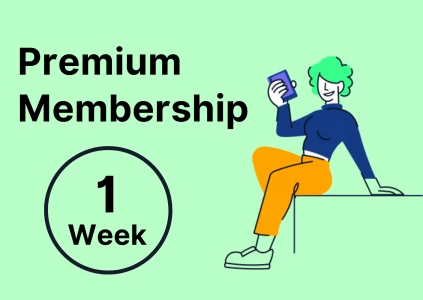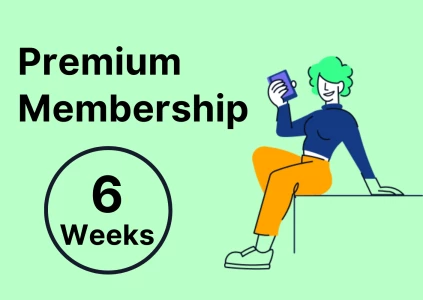Hi PrepLounge,
It has caught my attention that when I try to make my framework as original and problem specific as possible, I would usually mention some relevant but not mainly contributing factors to the problem in my framework (e.g, macro changes, industry trends, externality). As much as I have heard from many about the importance to be deep and broad with your framework, isn’t including so many external factors can be a little distracting, especially when they aren’t really the driven factor of the case? Should I make them more relevant by try to establish more of a link between them and the case prompt?







